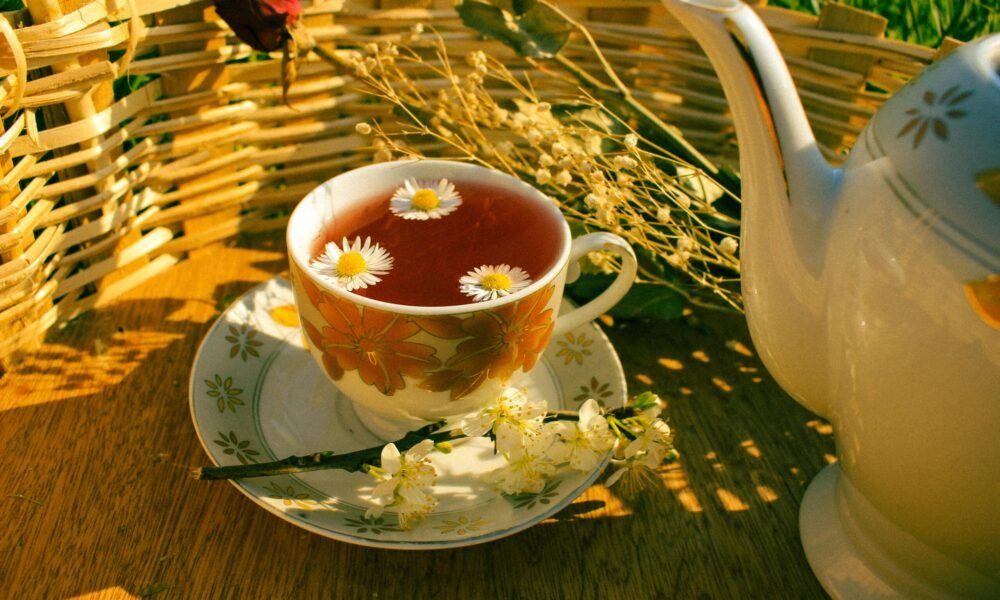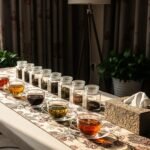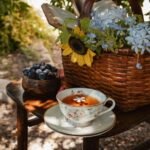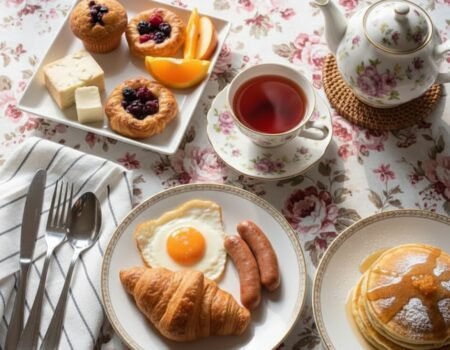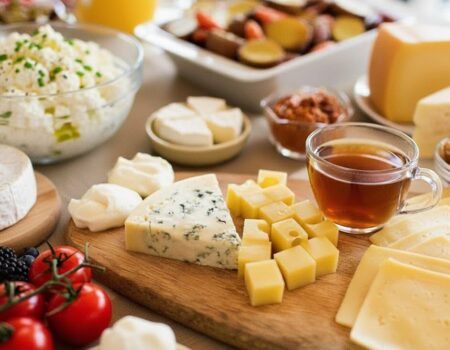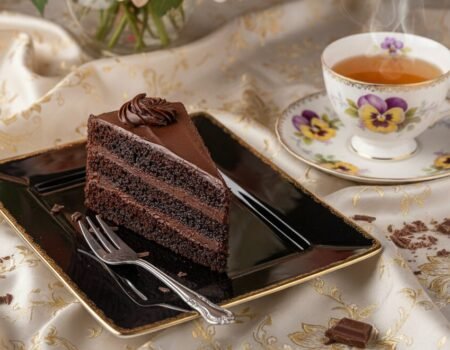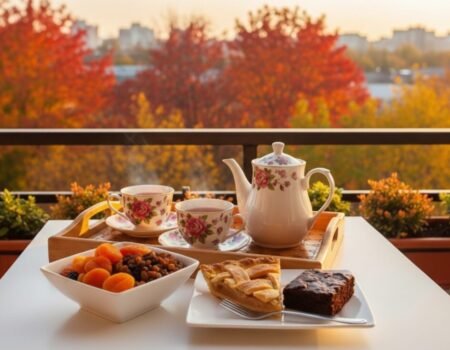Index
Are you confused by the vast array of teas at your local store? Many people feel lost when facing shelves packed with white, green, black, and herbal options. Understanding the types of tea and their tastes can turn shopping stress into an exciting journey of flavor discovery.
Tea isn’t just a drink—it’s a global tradition with thousands of varieties waiting to be explored.
Tea comes from a single plant called Camellia sinensis, yet creates six distinct true tea types through different processing methods. Each type offers unique flavors ranging from sweet and grassy to rich and malty.
This guide will walk you through the main tea categories, explain how processing affects taste, and help you find flavors that match your preferences. Ready for a tea adventure?
Key Takeaways
- All true teas come from one plant (Camellia sinensis) but create five distinct types through different processing methods.
- White tea offers delicate, sweet flavors while black tea delivers bold, malty notes due to full oxidation.
- Brewing temperature matters – green teas need cooler water (175°F/ 79°C), while black teas require hotter water (212°F/100).
- Herbal teas contain no actual tea leaves but use fruits, flowers, and spices to create caffeine-free options.
- Regional growing conditions (terroir) affect tea flavor, with high-altitude gardens producing more complex tastes.
Understanding the Different Types of Tea
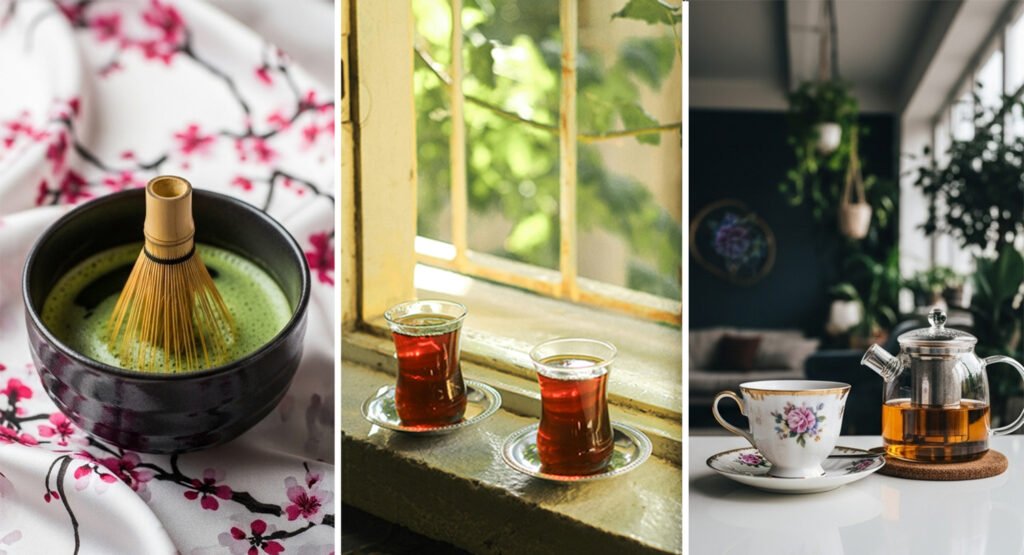
Now that we’ve set the stage for our tea journey, let’s explore the rich variety of teas available to us. Tea falls into two main groups: true teas and herbal tisanes. True teas come from a single plant species called *Camellia sinensis*, yet they create five distinct types: white, green, oolong, black, and pu-erh.
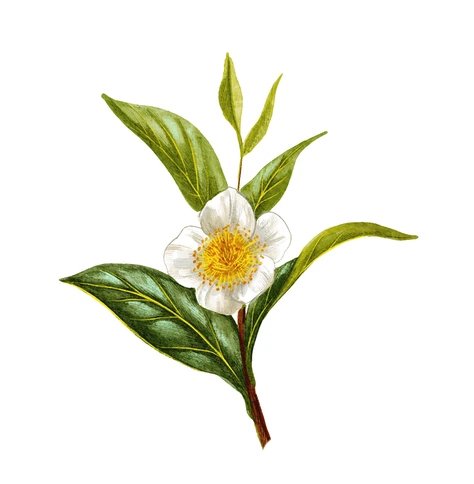
Each type gets its unique character from different processing methods after harvest. White tea undergoes minimal processing, while black tea goes through full oxidation, creating stronger flavors.
Green tea skips oxidation entirely, keeping its fresh taste and light color.
Herbal teas differ completely as they don’t contain actual tea leaves. Made from dried fruits, flowers, roots, and spices, these caffeine-free options offer endless flavor possibilities.
Popular choices include chamomile, peppermint, and rooibos (also called red tea). The major tea-producing regions span across Asia and Africa, with China, India, Sri Lanka, Japan, Taiwan, Kenya, and Nepal leading global production.
Each region adds its own touch to tea making, influenced by local growing conditions known as terroir – similar to how wine grapes develop their character.
Exploring the Unique Flavors of True Teas
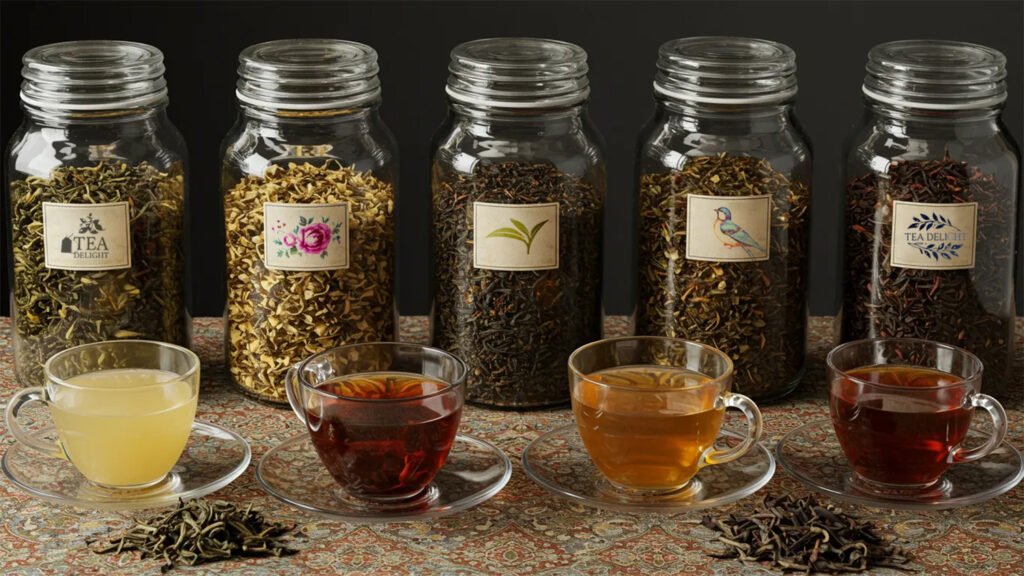
True teas come from a single plant species, Camellia sinensis, yet they offer a stunning range of flavors. The five true tea types—white, green, oolong, black, and pu-erh—each have distinct taste profiles and provide unique flavor journeys that result from different processing methods.
Light & Delicate Teas
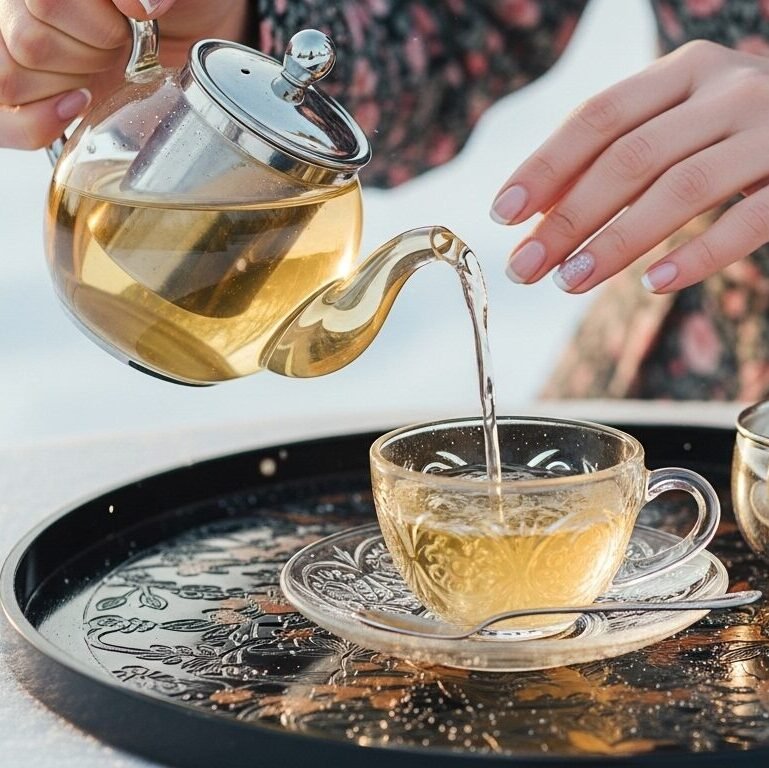
- White tea delivers subtle sweetness with floral notes. Silver Needle features young buds that create a light-bodied cup with hints of honey and fresh hay.
- Green tea presents earthy, grassy flavors from minimal oxidation. Japanese Gyokuro offers vegetal sweetness, while Chinese Dragon Well provides nutty, toasted notes.
Complex & Bold Teas
- Oolong tea balances between green and black tea through partial oxidation. Wuyi oolongs deliver roasted, woody flavors, while lighter pouchongs offer floral, fruity profiles.
- Black tea undergoes complete oxidation for bold, robust flavors. Assam brings malty strength, while Darjeeling offers muscatel grape-like qualities.
- Pu-erh tea stands apart with its fermentation process. These teas develop earthy, woody flavors that mature over time, with aged varieties prized for smooth richness.
Factors That Shape Tea Flavor
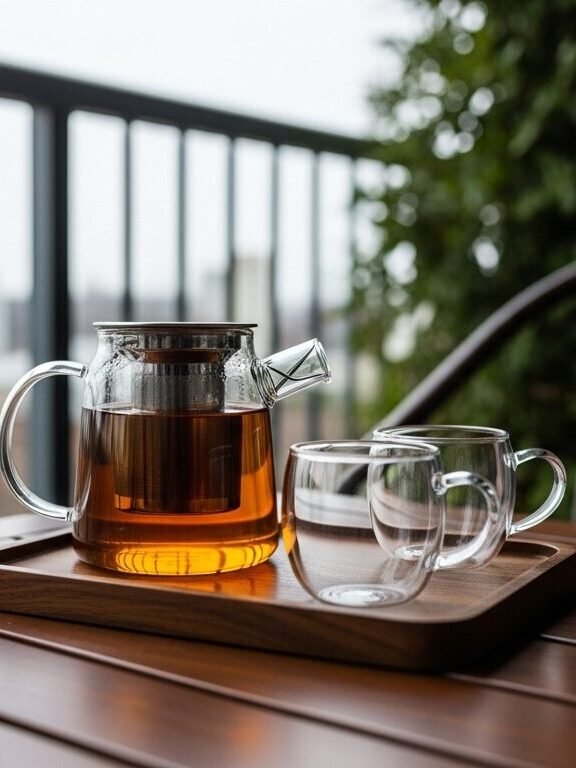
Understanding what influences tea taste helps you brew the perfect cup every time.
Processing & Chemistry
- Processing methods directly impact flavor through oxidation and drying techniques
- L-theanine amino acids contribute umami flavors, especially in shade-grown Japanese teas like Gyokuro
- Caffeine content affects both taste and experience—black tea contains the most, white tea typically the least
Brewing & Origin
Regional growing conditions create distinct profiles—high-altitude gardens produce brighter, more complex flavors from slower growth and environmental stress
Water temperature and steeping time control flavor extraction—green teas need cooler water (175°F / 79°C), black teas thrive with boiling water (212°F / 100°C).
Next, we’ll explore the diverse world of herbal and specialty teas that expand beyond the traditional Camellia sinensis varieties.
Discovering the Tastes of Herbal and Specialty Teas
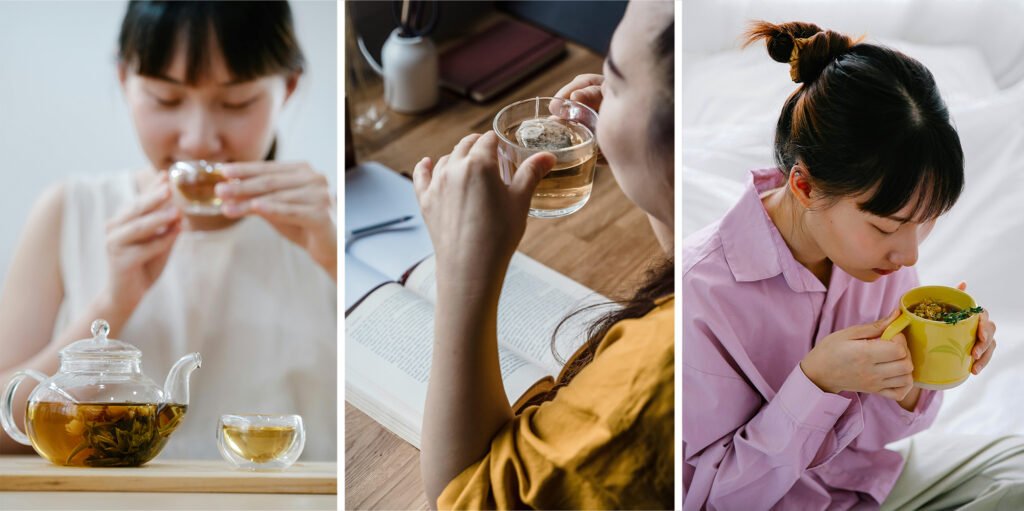
Herbal and specialty teas offer a world of flavors beyond traditional tea leaves. These caffeine-free options provide unique taste experiences for those seeking alternatives to true teas.
Popular Herbal Teas & Tisanes
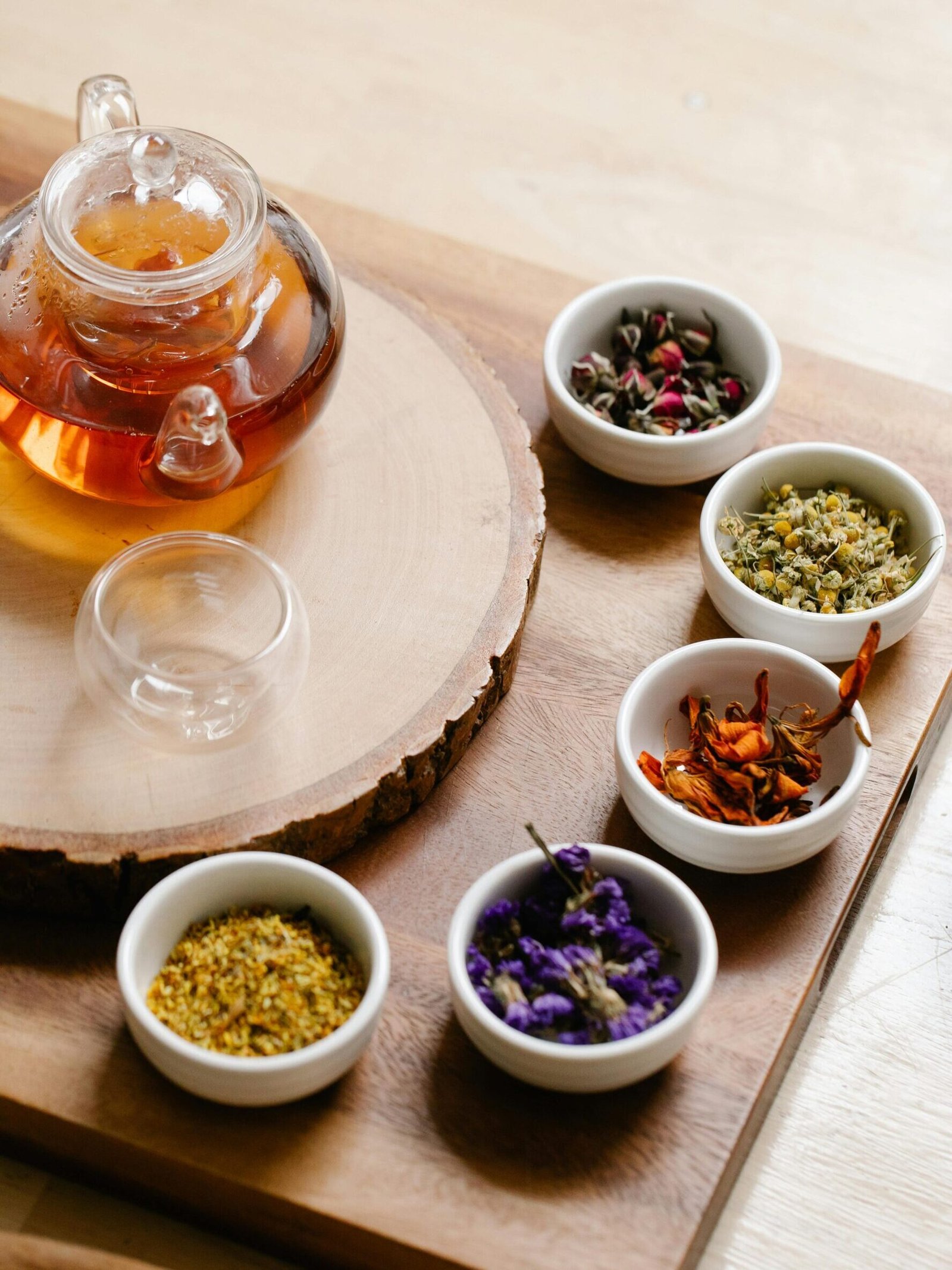
These caffeine-free alternatives offer diverse flavors and experiences beyond traditional tea leaves.
Warm & Comforting Options
- Rooibos delivers rich, nutty flavors with natural hints of caramel, vanilla, and honey. This South African bush tea (Aspalathus linearis) makes a perfect base for spiced blends.
- Chamomile creates a gentle, floral taste with apple-like undertones. This popular evening choice helps many tea lovers unwind.
- Ginger tea provides a spicy, warming sensation with natural sweetness. The zesty kick makes this infusion popular for both flavor and digestive comfort.
Bold & Refreshing Choices
- Hibiscus presents a vibrant ruby color with sweet and tart notes. Many enjoy this tisane both hot and as cooling iced tea during summer.
- Yerba mate delivers earthy, grassy flavors with surprising depth. This South American specialty contains natural stimulants but differs from true teas.
Flavored Teas & Specialty Drinks
Creative blends and unique preparations expand the tea experience with exciting flavors and textures.
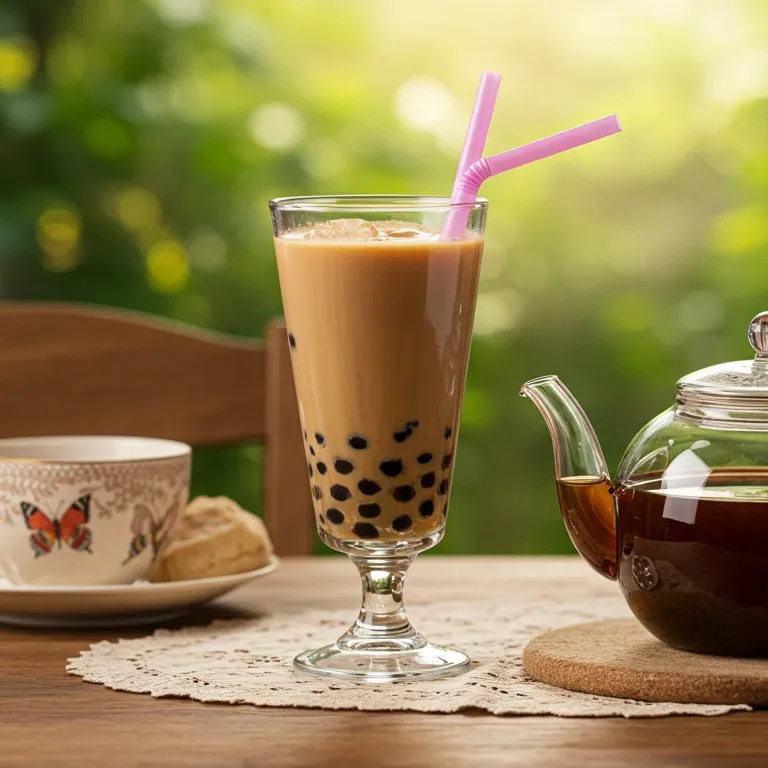
Classic Blends & Infusions
- Spiced chai combines warming spices like cinnamon, cardamom, and ginger with black tea or caffeine-free bases. Masala chai offers a bold, aromatic cup that pairs beautifully with milk.
- Flavored teas mix true tea leaves with herbs, spices, or fruit essences. Earl Grey combines black tea with bergamot oil for its distinctive citrus aroma.
- Vanilla-infused teas add creamy sweetness to various bases. This popular flavoring works well with both black teas and caffeine-free options like rooibos.
Modern Tea Innovations
- Bubble tea features tapioca pearls (boba) in tea with milk and sweeteners. This Taiwanese creation has gained global popularity for its unique texture and taste combination.
- Kombucha offers a fermented tea experience with tangy, slightly sour notes. This specialty contains beneficial cultures from the fermentation process.
Conclusion

Tea offers a vast world of tastes waiting for your discovery. From delicate white teas like Silver Needle to robust black varieties such as Darjeeling, each cup tells a unique story.
Herbal infusions expand these options with caffeine-free alternatives that range from sweet to spicy. The joy of tea comes from trying different brewing methods and finding what suits your taste buds best.
Your tea journey never truly ends – each new cup brings fresh flavors and experiences to savor.
FAQs
1. What are the main types of tea available today?
The main types come from the Camellia sinensis plant and include white teas like Baihao Yinzhen (Silver Needle), green teas such as Sencha and Matcha, Oolong (Wulong), black tea varieties like Darjeeling and Ceylon, yellow tea, and post-fermented teas like Pu’erh. Herbal infusions, while popular, aren’t true teas but come from other plants.
2. How does matcha differ from other green teas?
Matcha is a powdered green tea that uses the whole leaf ground into a fine powder, unlike Chinese green teas or Gunpowder green tea where leaves are steeped and removed. We consume the entire leaf when drinking matcha, giving it a stronger flavor and higher concentration of nutrients.
3. What makes chai tea special?
Chai tea blends black tea with warming spices like cinnamon, cardamom, and ginger (adrak). This spiced tea originated in India and has become popular worldwide through coffee shops like CBTL and mainstream brands like Lipton.
4. How should I brew different types of tea for the best taste?
White teas need cooler water (around 175°F / 79°C) and short steep times, while black teas can handle boiling water. Green tea requires water below boiling point to avoid bitterness. Tea brewing methods vary by type, affecting the final cup’s flavor profile.
5. Is tea healthier than coffee?
Tea typically delivers far less caffeine than coffee, yet both drinks supply antioxidants and can be part of a healthy diet; which one is “healthier” depends on personal caffeine tolerance and health goals rather than an overall superiority of tea.
6. Where does the best tea come from?
Quality tea comes from various regions worldwide, with Chinese green teas, Taiwanese oolong teas, and Indian Darjeeling being highly prized. The tea garden environment, including soil, climate, and altitude, greatly impacts flavor. Many tea enthusiasts and masterclass instructors consider single-origin teas from specific regions superior to mass-produced options.
References
- https://artfultea.com/blogs/101/types-of-tea-a-comprehensive-guide?srsltid=AfmBOoq6dr1iWlsRKavjX_22SnloPYGGWCSydmHTIN-kG9B1VVcLyiZ0
- https://artfultea.com/blogs/101/types-of-tea-a-comprehensive-guide?srsltid=AfmBOoo3kAV83YzfaKf1cbG2Msp6rHHzTIutONWVNCOawQHCmuQ5Ls3W
- https://www.firebellytea.com/blogs/all/guide-to-tea-flavors?srsltid=AfmBOoqLavqHWURI-SmNaNIzszptc8mGZ8zFKHW0-ekYxnaEpiOMxR2N
- https://www.firebellytea.com/blogs/all/guide-to-tea-flavors?srsltid=AfmBOophm1bHu_BZtiK_LAujTtrpQ91IDrDgN-aNS-tvwzpJhp3UjjZO
- https://www.firebellytea.com/blogs/all/guide-to-tea-flavors?srsltid=AfmBOoqg6To3AS4RCPPo8jZLDkpqRQALPZqQxn3nEGv72L7brbeH_iM9
- https://www.firebellytea.com/blogs/all/guide-to-tea-flavors?srsltid=AfmBOoq6Ep3L5oFsOL5vPK_pr-Ctr6M3wKy-9OtKxUVENvS8vGMiVMYx


